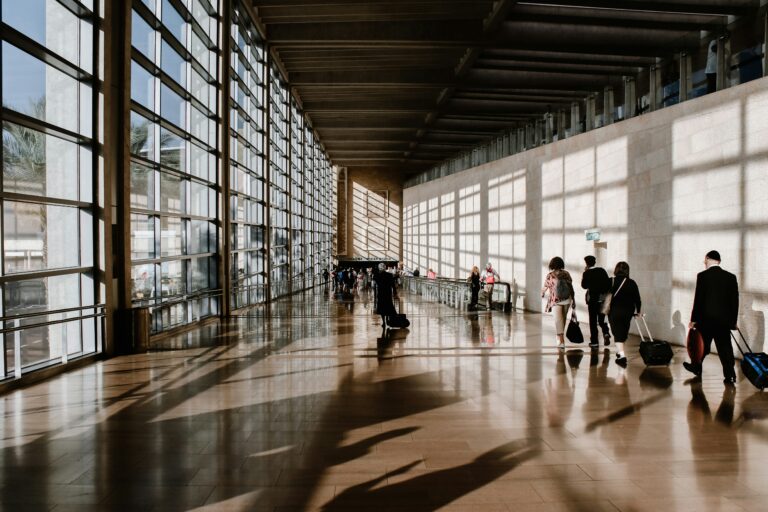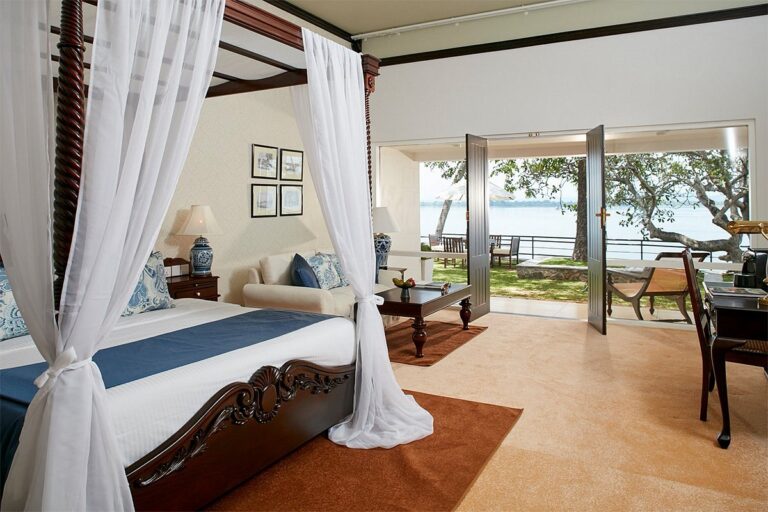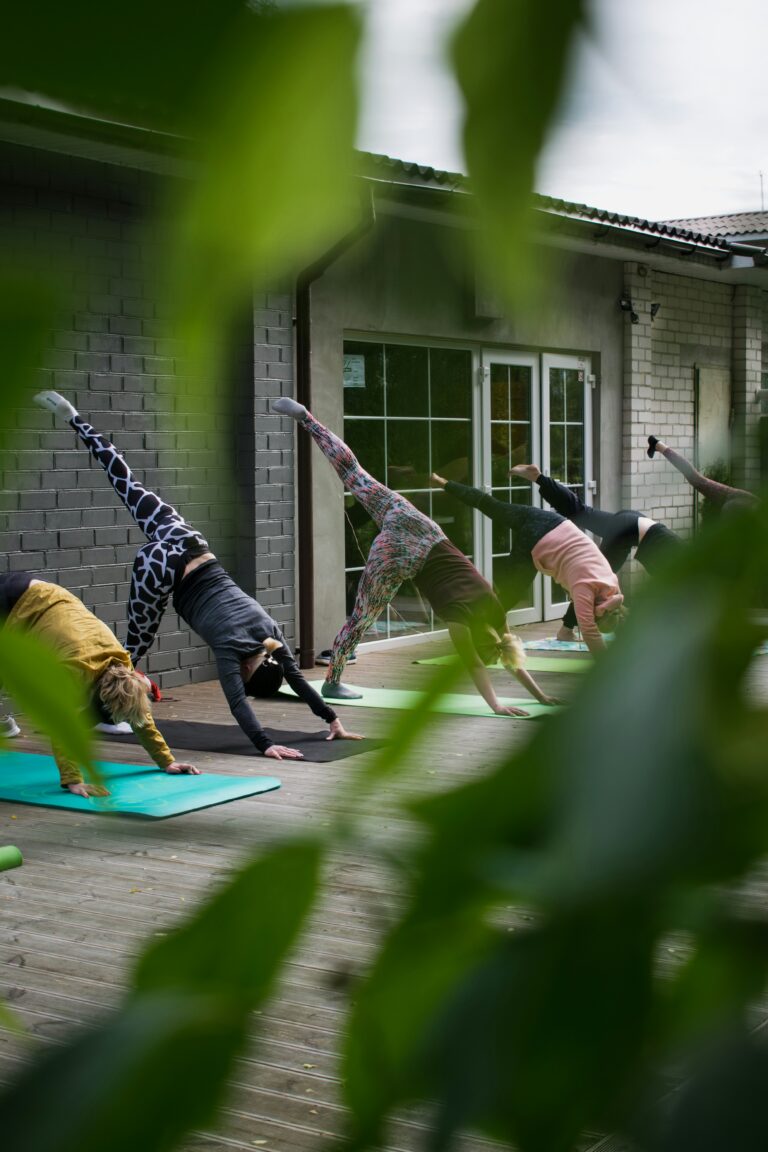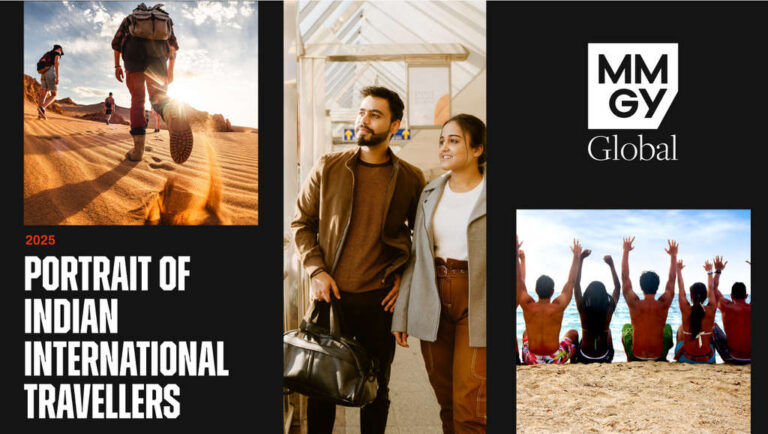
Redefining Corporate Travel and Hospitality through Sustainability
In 2025, the business travel industry is placing a strong emphasis on sustainability. Corporate Requests for Proposals (RFPs) now consider sustainability data not only for compliance but also for long-term business competitiveness. Federico Vignati, Principal Executive at CAF - Development Bank of Latin America, underscores this shift. Natasha Montesalvo, Principal Consultant at Earthcheck, highlights how this change is reshaping hotel competitiveness towards sustainability, necessitating sustainability data in corporate RFPs and fostering new business models for business events.

Top 10 Actionable Trends Shaping Boutique Hospitality in 2025
Boutique hotels are at the forefront of innovation by pushing boundaries, setting trends, and creating memorable experiences in comparison to larger brands that struggle to replicate. This spirit of innovation at boutique properties will continue in 2025 by driving changes in both demand side and supply side. The demand side trends include AI-driven personalization, transformative and customized wellness experience that align with personal health goals, hyper-personalization, hyper-local, hyper-seasonal F&B offerings, membership-driven hospitality and preference for independent hotels either newly built or renovated. On the supply side, while AI will reshape operations and marketing, employee education and development cannot be overlooked due to the human connection that boutique hospitality is known for. Frances Kiradjian Founder/CEO of Boutique & Luxury Lodging Association (BLLA) reports following trends;

Personalization for First-time Guest Experience
Personalization or hyper personalization are buzz words flooding many current articles. Personalization simply means departure from one-size-fits-all approach to delivering bespoke moments that resonate with each guest. However, one should dismiss the misconception that personalization is exclusively technological. It is no doubt a human concept where technology and automation can be enablers for hotels to tailor interactions to guests online.

The New Era of Hospitality Metrics for General Managers
Performance measurement is a must for any organization but tracking the right metrics matters. It seems that the old metrics used by the hotels are being replaced by new generation of hospitality metrics due to the influence of technology. Mews report (Jan, 2025) suggests thought provoking new metrics for the hotels to track.

Luxury Travelers Redefine Wellness in 2025
Based on the survey of 800 affluent travelers across six countries: the UK, US, France, China, UAE, and Saudi Arabia by International Luxury Travel Market (ILTM), one-size-fits-all spa retreats seem obsolete as striking 84% of affluent individuals are expecting wellness services to be transformative and tailored to their unique health goals.

In-Room Herbal Tea as the Most Cost-effective Wellness Amenity
Wellness has become a buzzword and ‘wellness-secondary travel’ category is on the rise. This segment is defined as “travelers who are visiting a destination for a purpose other than wellness but they still want to remain healthy while going about their business”. These customers take ‘health is wealth’ phrase seriously and are willing to pay a premium for quality sleep.
Events highlights
Local

The Indian Traveler Trends
India remains the leading primary source market for Sri Lanka, holding a significant share ranging from 14.9% to 26.8% for the period between February 2025 and September 2024 (SLTDA Monthly Tourist Arrivals Reports 2024/2025). It is imperative for Sri Lanka to stay attuned to the evolving needs and expectations of this crucial Indian consumer base. Recent research by MMGY Travel Intelligence sheds light on key trends in Indian international traveler behavior and emphasis on safety and convenience, influence of Social Media, Sustainability are among the trends.

Importance of Brands in Luxury Residential Developments
The shift in consumer demand towards standalone Branded Residences managed by luxury brands reflects a growing preference for exclusivity and privacy. Noteworthy is the participation of not only hotel brands like Four Seasons and Ritz-Carlton but also Automotive and Fashion brands such as Mercedes-Benz, Porsche, Giorgio Armani, and Baccarat in locations like Dubai and Miami (C9 Hotel works Market Research).
